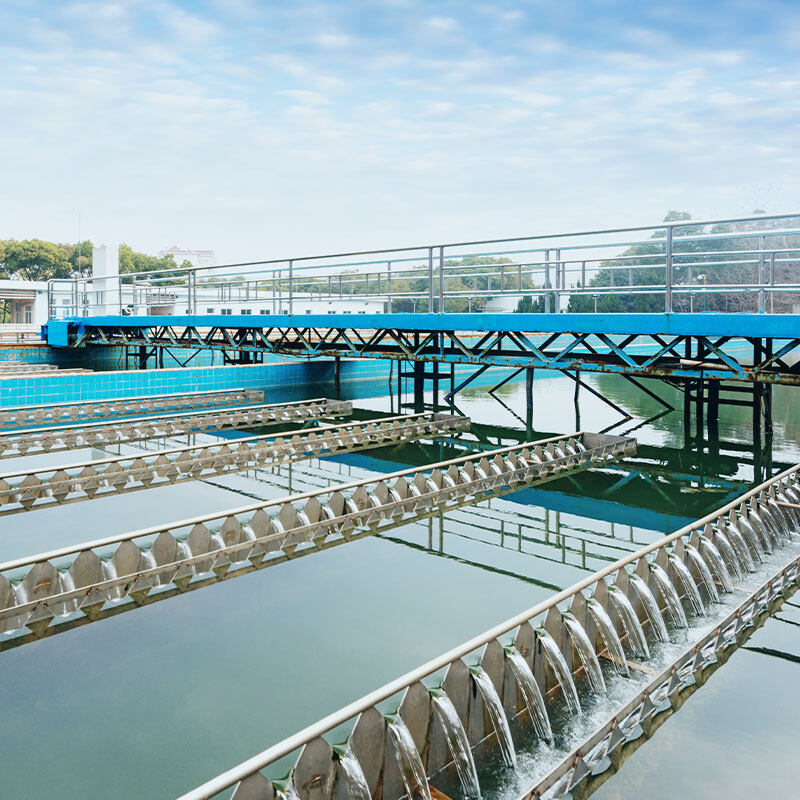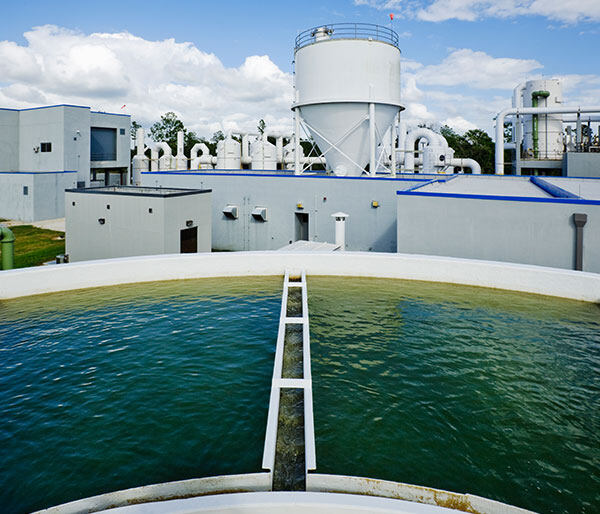How Do Eco Wastewater Treatment Systems Work?
The global demand for clean water is at an all-time high, with increasing urbanization and industrial growth contributing to the rise in wastewater generation. This has led to a pressing need for effective and eco-friendly wastewater treatment systems. These systems not only help in reducing water pollution but also play a crucial role in achieving sustainable development goals (SDGs) . The question that arises is, how do these eco wastewater treatment systems work? In this blog, we will explore the inner workings of these systems, their benefits, and the role they play in preserving our environment.
The Necessity of Wastewater Treatment
Before diving into the mechanics of eco wastewater treatment systems, it's essential to understand why these systems are necessary. Wastewater, also known as sewage, is generated from various sources, including households, industries, and agricultural activities. It contains a mix of organic and inorganic substances, toxic metals, hazardous chemicals, and pathogens. If discharged untreated into water bodies, it can lead to severe environmental and health hazards, such as water pollution and the contamination of aquatic ecosystems.
Key Components of Eco Wastewater Treatment Systems
Eco wastewater treatment systems employ a combination of physical, biological, and chemical processes to remove impurities from wastewater. These systems are designed to minimize environmental impact and maximize resource recovery. Here are some key components and processes involved:
1. Primary Treatment
The primary treatment stage involves the removal of large debris and suspended solids from wastewater. This is typically achieved through processes like screening, sedimentation, and flotation. The primary goal is to reduce the overall volume of solids that need to be treated in subsequent stages.
2. Secondary Treatment
Secondary treatment focuses on the biological degradation of dissolved and colloidal organic matter. This is primarily achieved through the use of microorganisms in processes such as:
- Activated Sludge Process: In this process, air is bubbled through wastewater containing organic substances. Bacteria and other microorganisms consume the organic matter, converting it into carbon dioxide, water, and new microbial cells. The mixture of water and microbial cells is called activated sludge.
- Constructed Wetlands: These are engineered systems that use natural wetland processes to treat wastewater. They are often designed to mimic the natural environment and support the growth of plants and microorganisms that help in pollutant removal.
3. Tertiary Treatment
Tertiary treatment, also known as advanced treatment, involves further processing of wastewater to remove nutrients (such as nitrogen and phosphorus), pathogens, and other contaminants that may not be removed in primary and secondary treatments. This stage may include processes like:
- Nitrification and Denitrification: These are processes where nitrogen is converted into various forms, eventually leading to the production of nitrogen gas, which is then released into the atmosphere.
- Disinfection: This process aims to eliminate pathogens in the wastewater, often through the use of chemicals like chlorine or ultraviolet (UV) light.
4. Sludge Treatment
Sludge, the semi-solid waste material produced during the treatment process, requires proper management. Sludge treatment processes may include thickening, stabilization, and dewatering to reduce its volume and make it suitable for disposal or reuse.
Benefits of Eco Wastewater Treatment Systems
The implementation of eco wastewater treatment systems offers several benefits, including:
- Environmental Protection: By reducing the pollution of water bodies, these systems help preserve aquatic ecosystems and protect biodiversity.
- Resource Recovery: Nutrients and water can be recovered from wastewater, providing valuable resources for agriculture and other uses.
- Public Health: Effective treatment of wastewater helps prevent the spread of waterborne diseases, thus improving public health.
- Compliance with Regulations: Eco wastewater treatment systems help industries and municipalities comply with strict environmental regulations regarding wastewater discharge.
Conclusion
Eco wastewater treatment systems are an essential part of our efforts to manage wastewater sustainably. They not only protect our environment but also contribute to the achievement of SDGs by ensuring clean water availability, enhancing human health, and reducing environmental impacts. As we continue to face the challenges of water scarcity and pollution, the role of these eco-friendly systems becomes more critical in ensuring a sustainable future.



